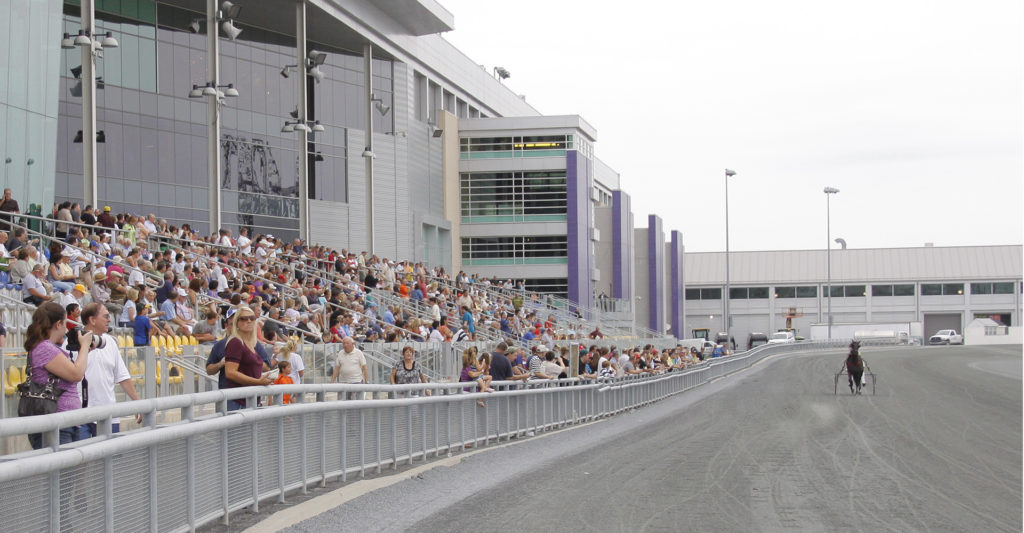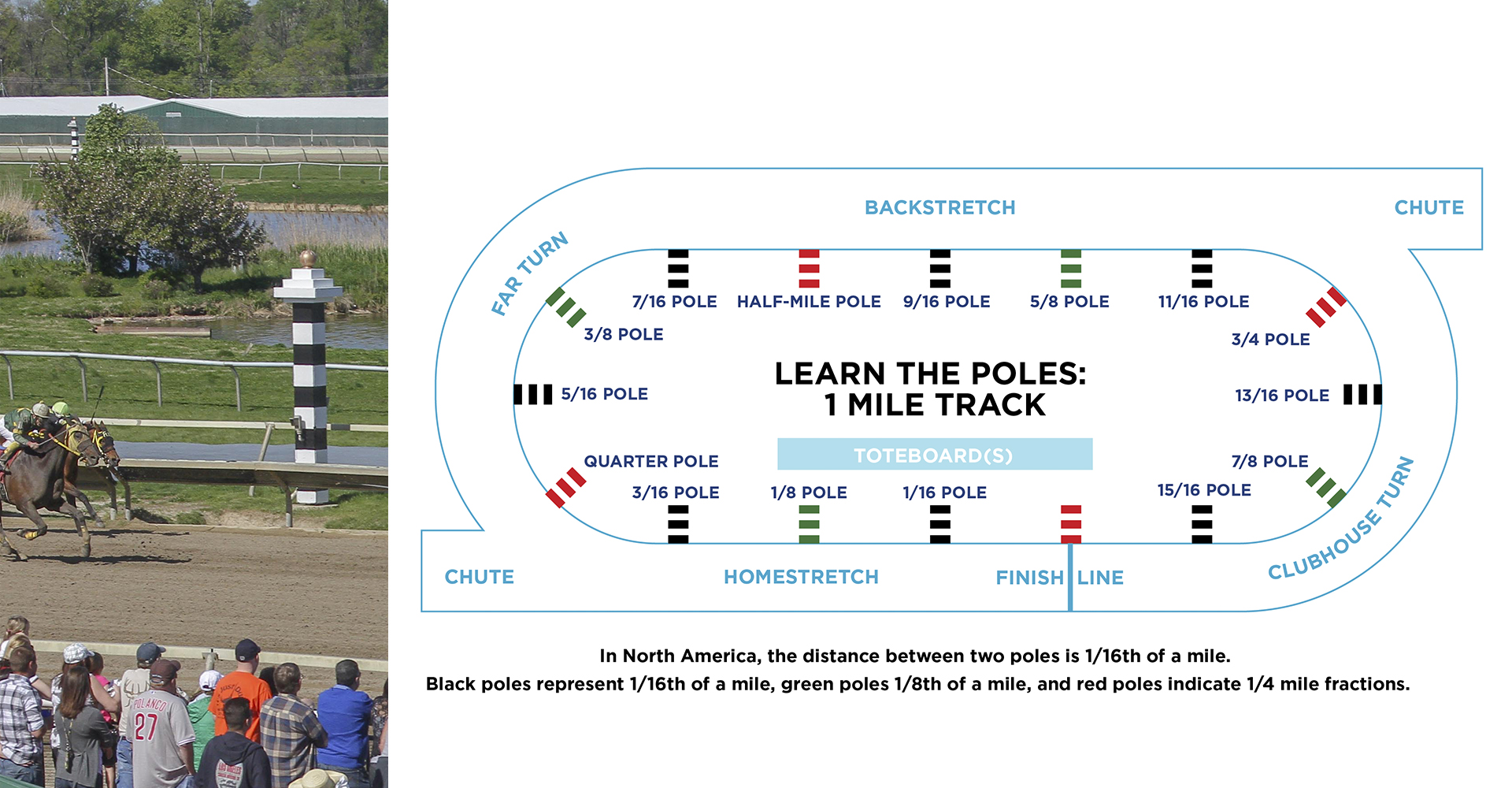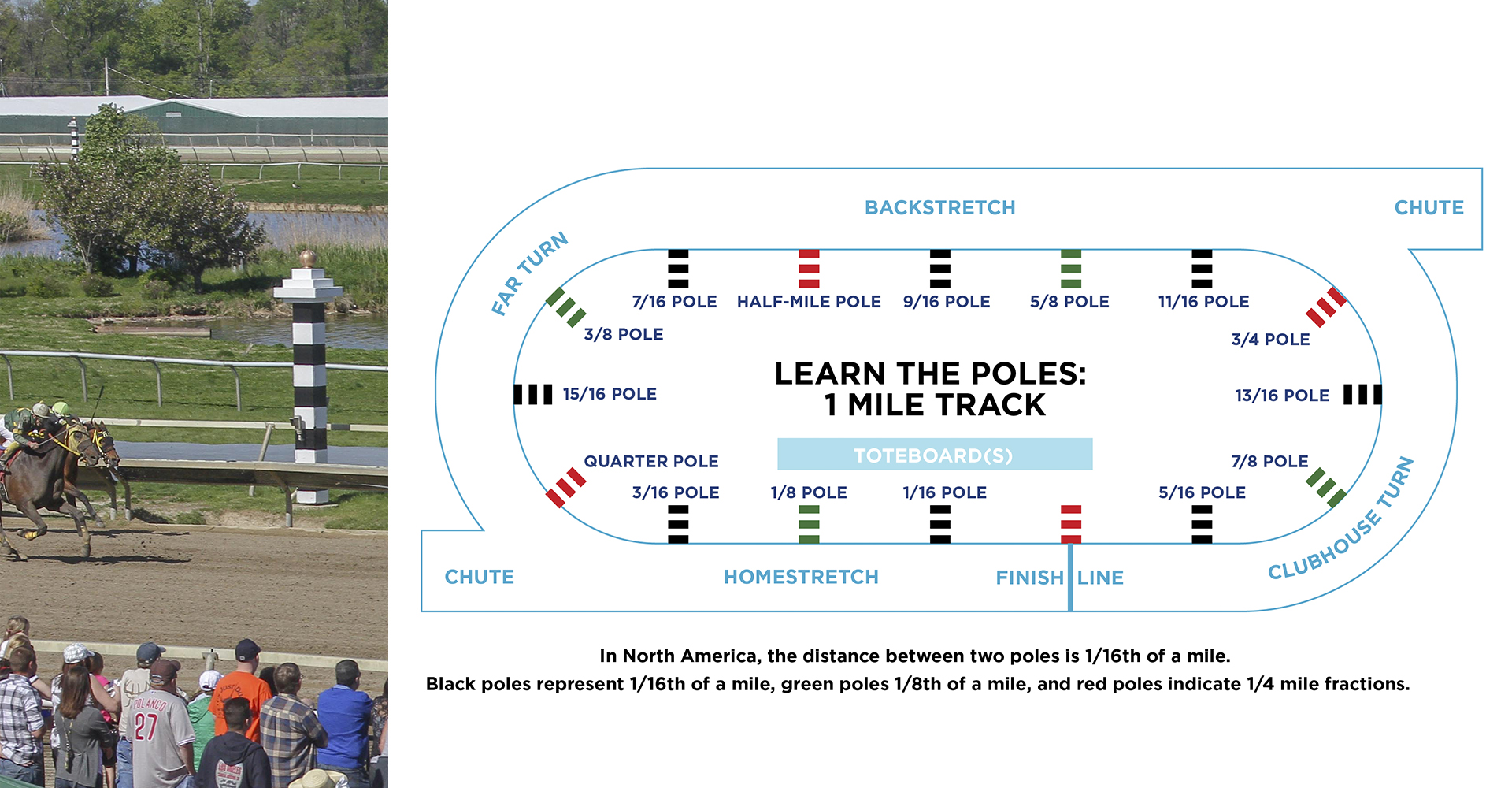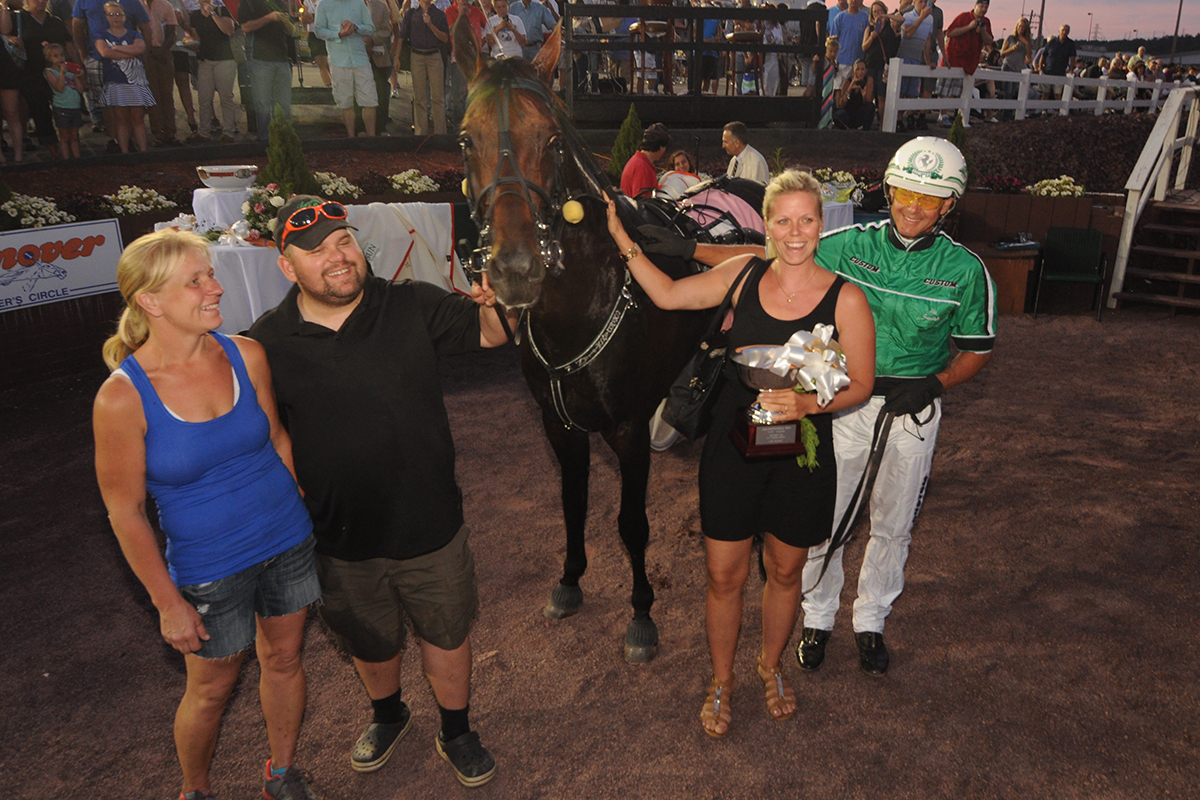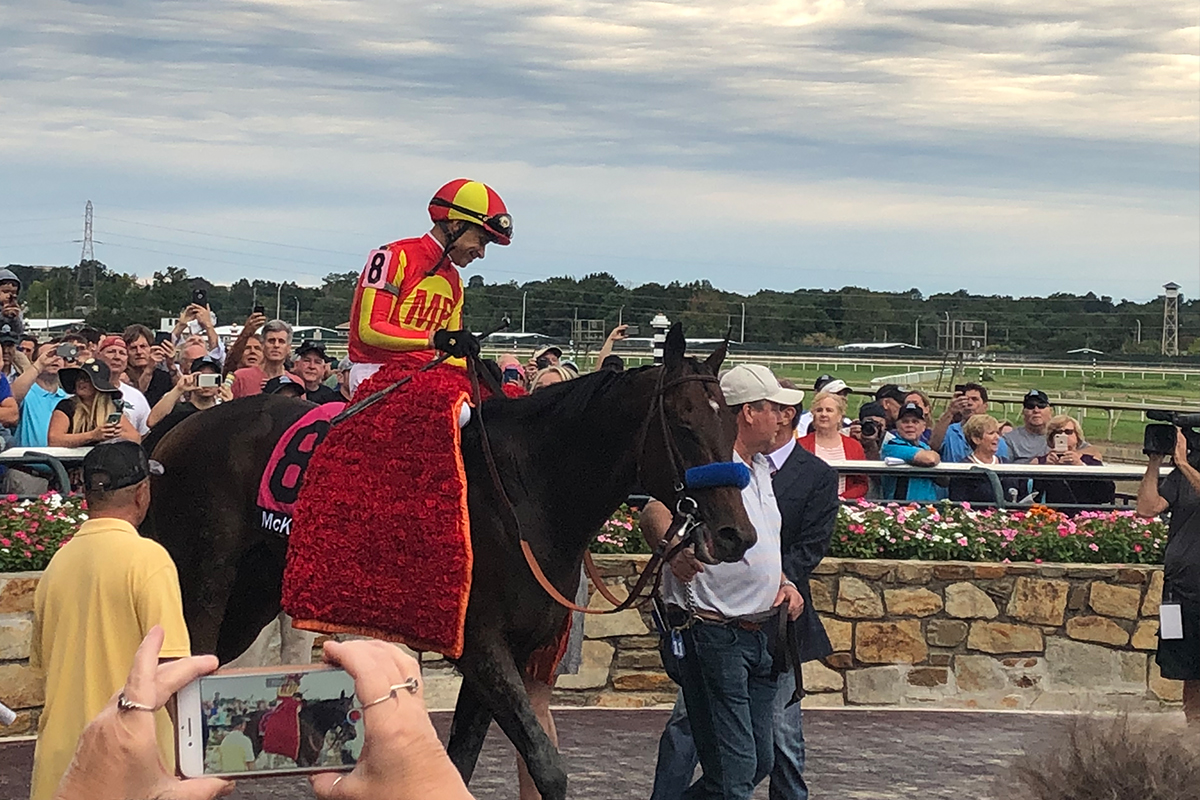Where to go to see a horse race
In Pennsylvania, you’re never far from a horse race. Between its six main tracks and a robust number of fair races, the Keystone State boasts year-round racing all across the land. To find out where and when the nearest race is taking place, check out the PHRA Events page.
Do you have to pay to get in?
The beauty about spending a night at a Pennsylvania horse race is that you don’t have to spend a dime if you don’t want to. There is no general admission fee and no charge for general parking. Unlike most sporting events, which have hefty ticket and parking prices, getting into the tracks for free allows you and your friends to put your money toward more exciting ventures, like horses, drinks and food.
If your party is looking for an elevated experience, club seating and valet options are available.
Seating
Like most sporting events, horse tracks have a variety of seating options, ranging from free grandstands to exclusive box suites. For novice fans, the grandstands will do just fine. There is no assigned grandstand seating, so sit or stand wherever you like. Also, keep in mind that you’ll be moving around more than other sporting events, due to frequent visits to the betting windows, concessions and downtime between races, so don’t feel like you’re tied to one seat. Switch up your view throughout the event!
Track apron
Another seating area to be aware of, especially in the summer, is the track apron. This is on the ground level, right beside the actual track that is open to the public for picnics, outdoor viewing and socializing throughout race day. All track aprons are a little different, but they’re usually free (if not, it’s an affordable fee) and have plenty of tables with umbrellas, as well as betting kiosks and restaurants within a close proximity.
Attire
Most likely, when you think about horse races, you envision flashy clothes and ostentatious headwear. Yes, the sport’s highest-profile races tend to be more dressed-up events, but there is no formal dress code. Getting a group of your friends to dress up for a night out at the tracks can make the event feel more special, but if jeans and a T-shirt are more your style, there’s nothing wrong with that.
If you decide to give any of the higher-level seats — such as the clubhouse, box suites or turf club — a try, there usually are dress codes, so check with the specific racetrack before choosing your outfit.
Food and drinks
A day or night at a horse race is so much more than just watching horses run. All six Pennsylvania horse tracks offer a wide array of delicious food, creative cocktails and entertaining, themed days that make your time at the track not just a sporting event, but an unrivaled entertainment venue. Why simply go to a bar when you can watch horses run up to 40 miles per hour and possibly win some money — all while sipping your favorite brew?
Race times
A day or night at the tracks averages between six to nine horse races, with each race taking place every 25-30 minutes. All races are under 3 minutes (usually half that time), which gives you a good mix of quick, heart-pounding action in between a half-hour or so of placing bets, mingling with friends and enjoying some food and drinks. The starting time of a race is referred to as a “post time,” so if a program says, “Race number three’s post time is 8:15,” that means all horses must be in their gates and ready to run by 8:15.
Furlong poles
Every course has poles of different sizes and colors that stand along the inside rail of the track. Fans and jockeys/drivers use these poles to judge racing distances. The furlong poles (placed every eighth mile) are large green poles with white stripes. For example, the fourth furlong pole denotes when the race has reached half a mile. Since race times are broken into furlongs, these poles are especially important markers to keep track of during a race.
There are also 16th-mile poles (smaller black poles with yellow stripes) and quarter-mile poles (red poles with white stripes).
Track length
One factor that will come into play when placing your bets is the length of the race. Not all tracks are the exact same distance. In addition, not all races go the entire length of the track, so keep an eye out for each race’s specific distance and how well each participating horse has done in races of that length in the past. Generally speaking, race distances tend stay between .63 and 1.5 miles.
Track surface and condition
Every racetrack has its own character. You’ll hear fans talk about a track’s “going” (condition of the surface). Whether fast, good, firm or soft, a track’s type of surface can strongly affect the outcome of a race. Additionally, the weather and how a certain track changes when wet or dry is another wrinkle to consider when placing your bets.
Pennsylvania is home to an array of different track surfaces, like the storied, fast orange clay of The Downs at Mohegan Sun Pocono and the unique synthetic surface — made of a mix of sand, rubber and fiber coated in wax — at Presque Isle Downs & Casino.
The paddock, walking ring and winner’s circle
If it’s your first time at the tracks, you’re most likely hoping to get an up-close look at the amazing athletes that are racehorses. If this is one of your race-day goals, the paddock and walking ring areas are a must.
Before every race, horses are led into the paddock. In Thoroughbred racing, this is where the horses are saddled up for the coming race. In harness racing, this is a locked-off area where the horses are held before the race. Once the horse is prepped, it’s led out to the walking ring, where fans are given an up-close look at each horse. The walking ring is free to enter and is crucial for betting. If you notice a horse that’s misbehaving in the walking ring, it’s a good sign that the horse is nervous or not mentally engaged in the coming race.
Another important part of the track is the winner’s circle. This is where you want to see your horse, because as its name describes, it’s where the winners of the races stand and get their picture taken after seizing victory.
